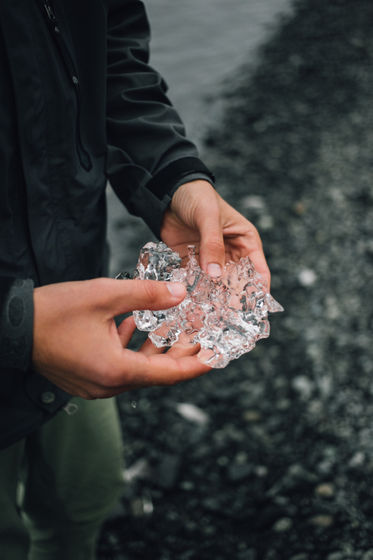Discovering nearly 1000 'unknown microbes' from melting glaciers, potentially triggering a new pandemic

A paper on the discovery of nearly 1000 unknown microorganisms in the glaciers of the Tibetan Plateau was published in the scientific journal Nature. Researchers warn that climate change could lead to new pandemics by unleashing ancient microbes and their DNA that humans have never encountered.
A genome and gene catalog of glacier microbiomes | Nature Biotechnology
Never-before-seen microbes locked in glacier ice could spark a wave of new pandemics if released | Live Science
https://www.livescience.com/hundreds-of-new-microbes-found-in-melting-glaciers
A research team at the Chinese Academy of Sciences discovered a large number of new species of microorganisms in glaciers. The research team took ice samples from 21 glaciers on the Tibetan Plateau between 2016 and 2020 and analyzed the DNA in them. We have created the 'Tibetan Glacier Genome and Gene (TG2G) Catalog', a database of microbial genomes trapped in ice. This is the first research to identify the gene sequence of a group of microorganisms in a glacier and make it into a database.

The study found 968 species of microorganisms in glaciers, most of which were bacteria, including algae, archaea, and fungi. Moreover, about 98% of the 968 species were completely unknown new species. Unexpectedly, such diverse species were found in the harsh environment of glaciers, and the research team wrote in a paper, 'Extreme environments such as low temperatures and severe solar radiation, periodic freezing and thawing cycles, and nutritional restrictions. Despite the conditions, the surface of the glacier supports diverse life. '
It is not known exactly what age the microorganisms found this time are. Previous studies have shown that it is possible to revive microorganisms that have been trapped in ice for up to 10,000 years, the researchers say.
A new ancient virus that has been sleeping for 15,000 years is discovered in the glacier --GIGAZINE

The microbes that were in the glacier were unknown species, but some of them have been found to be extremely dangerous to humans and other creatures. According to the research team, the TG2G catalog created this time contains 27,000 substances that are candidates for virulence factors . Approximately 47% of these virulence factors are unknown, so the researchers warn that there is no way to know how dangerous the microorganisms in the glacier are.
In addition, some microorganisms have the ability to take up virulence factors and genes as mobile genetic elements . Therefore, even if the microorganisms in the melted glacier are not alive, the virulence factors may be inherited by modern microorganisms. In particular, glaciers on the Tibetan Plateau flow to the water sources of the two most populous regions in the world, such as the Yangtze River and Yellow River in China, and the Ganges River in India, so there is concern that they may be the source of new pandemics in the future. It has been.
Also, this issue is not unique to the Tibetan Plateau. There are more than 20,000 glaciers on Earth that make up about 10% of the world's land, but a 2021 study analyzing satellite photographs of these glaciers accelerated almost every glacier on Earth. It has become clear that the number of microorganisms sleeping in glaciers is being released all over the world.
For this reason, the research team said in a treatise, 'We need to assess the potential health risks posed by these microorganisms.'
Related Posts:
in Science, Posted by log1l_ks






